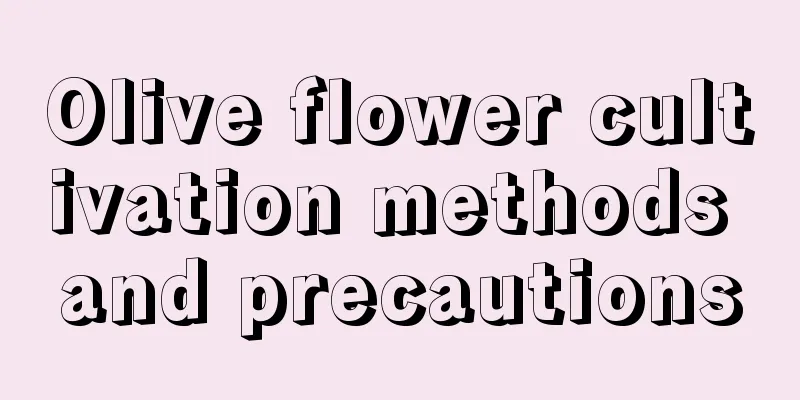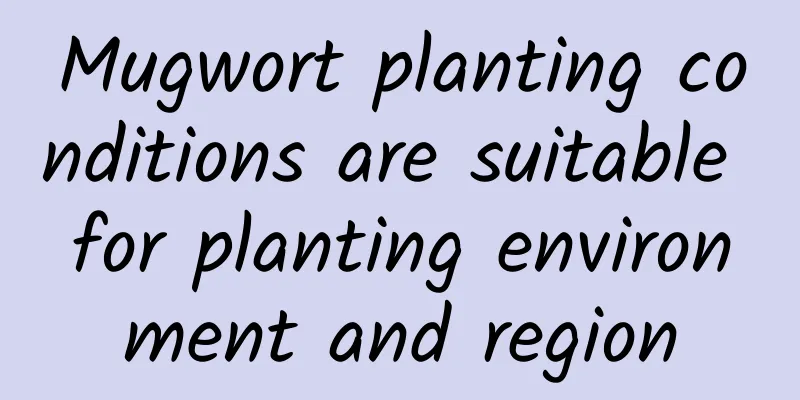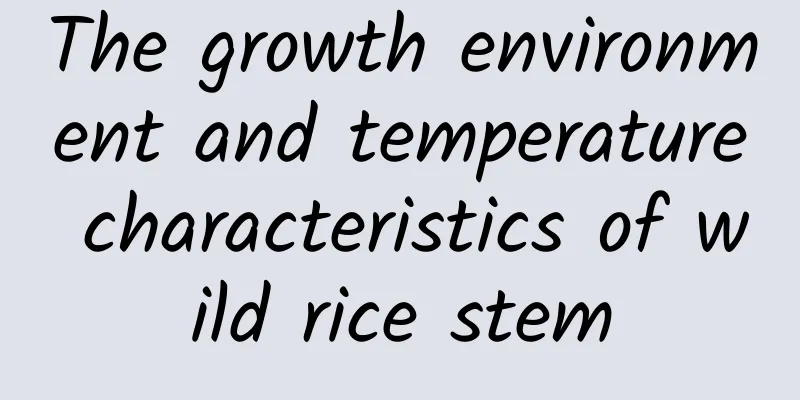How to grow peppers to get high yields?

|
As one of the important vegetables in China, the cultivation technology of peppers has been continuously improved, especially the greenhouse cultivation method, which can effectively control environmental conditions, reduce pests and diseases, improve the quality of peppers, and thus increase economic benefits. Let’s learn in detail how to grow peppers to achieve high yields. 1. Choose pepper varieties Choose pepper varieties that are resistant, of good quality, and durable in storage. Varieties should be adapted to the local production environment to improve economic benefits. 2. Land preparation and seedling raising Plow the land deeply to ensure the soil is finely broken up. Apply sufficient decomposed organic fertilizer and compound fertilizer . After sowing, cover with fine soil and water appropriately to promote germination. 3. Transplanting and planting Determine the time for transplanting, which is usually half a month after germination. Transplant strong seedlings, one per hole. Water the roots and apply well-rotted organic fertilizer and compound fertilizer. 4. Water and fertilizer management Top dressing should be done 2-3 times during the growth process, including the seedling stage, flowering stage and fruiting stage. Apply nitrogen fertilizer during the seedling stage, apply compound fertilizer during the fruit setting period, and pay attention to the supplementation of trace elements. 5. Planting management After planting, build a small arch shed and implement double shed coverage to increase the early temperature. After the seedlings have grown, ventilate and reduce humidity, and control the temperature in the greenhouse. Be prepared for early spring wind disasters, snow disasters, and frost damage. After the spring equinox, adjust ventilation according to temperature changes. 6. Plant adjustment Remove side branches and axillary buds before harvesting to improve ventilation and light conditions. 7. Fertilizer and water management There is sufficient base fertilizer, and foliar topdressing should be applied according to the growth trend after harvest. During the peak flowering and fruiting period, combine drip irrigation with topdressing of compound fertilizer and urea. The principle of water management is that the soil does not appear white and there is no visible water in the ditches. 8. Protect flowers and fruits Take measures to prevent flowers and fruits from falling. 9. Harvest in time The temperature changes greatly in spring, so the dead fruits should be removed early. Adjust the harvest time according to market conditions and plant growth conditions. During the peak production period, harvest once every 1-2 days, and leave an appropriate amount of red peppers for the market in the later stage. The above is an introduction to the key points of high-yield pepper cultivation. Through these detailed planting and management measures, we can ensure the healthy growth and high-quality output of peppers and achieve efficient agricultural production.
|
<<: How to raise pearl birds and precautions
>>: How to grow and prune the big green radish
Recommend
Pest Control for Verbena
Blackhorned Thrips Prevention and treatment metho...
Coral grass cultivation methods and precautions
1. Maintenance methods 1. Soil: The requirements ...
If you grow one of these “4 types” of lucky trees in your living room, your life will be full of good luck and vitality!
bamboo Bamboo, known as one of the three friends ...
How to propagate Phalaenopsis using flower swords
1. Cut the flower stalks Normally, we wait until ...
What kind of fertilizer is good for cherry trees (base fertilizer application method)
Cherry tree base fertilizer effect When caring fo...
Planting method and maintenance of baby's breath
Gypsophila paniculata is a flower that is both be...
Sunflower planting methods and precautions
When to plant sunflowers When planting sunflowers...
How to sow and raise seedlings of flowers
Preparation before sowing flowers 1. Soaking seed...
How to grow potted chrysanthemums? Cultivation methods and maintenance matters
How to grow small chrysanthemum in pots 1. Soil: ...
Does ginseng prefer yin or yang?
Does ginseng prefer yin or yang? Ginseng is not e...
How often should I water my green radish in summer?
How often should I water my green radish in summe...
Can orchids be planted in the yard?
Can orchids be grown in the yard? Generally, orch...
How to identify Euphorbia lactea
1. Rhizome The root of Euphorbia paniculata is cy...
How to water flowers in autumn?
For different flower types Generally speaking, fo...
How to maintain the bonsai of Kalanchoe
Cultivation of Kalanchoe bonsai Cultivation metho...









